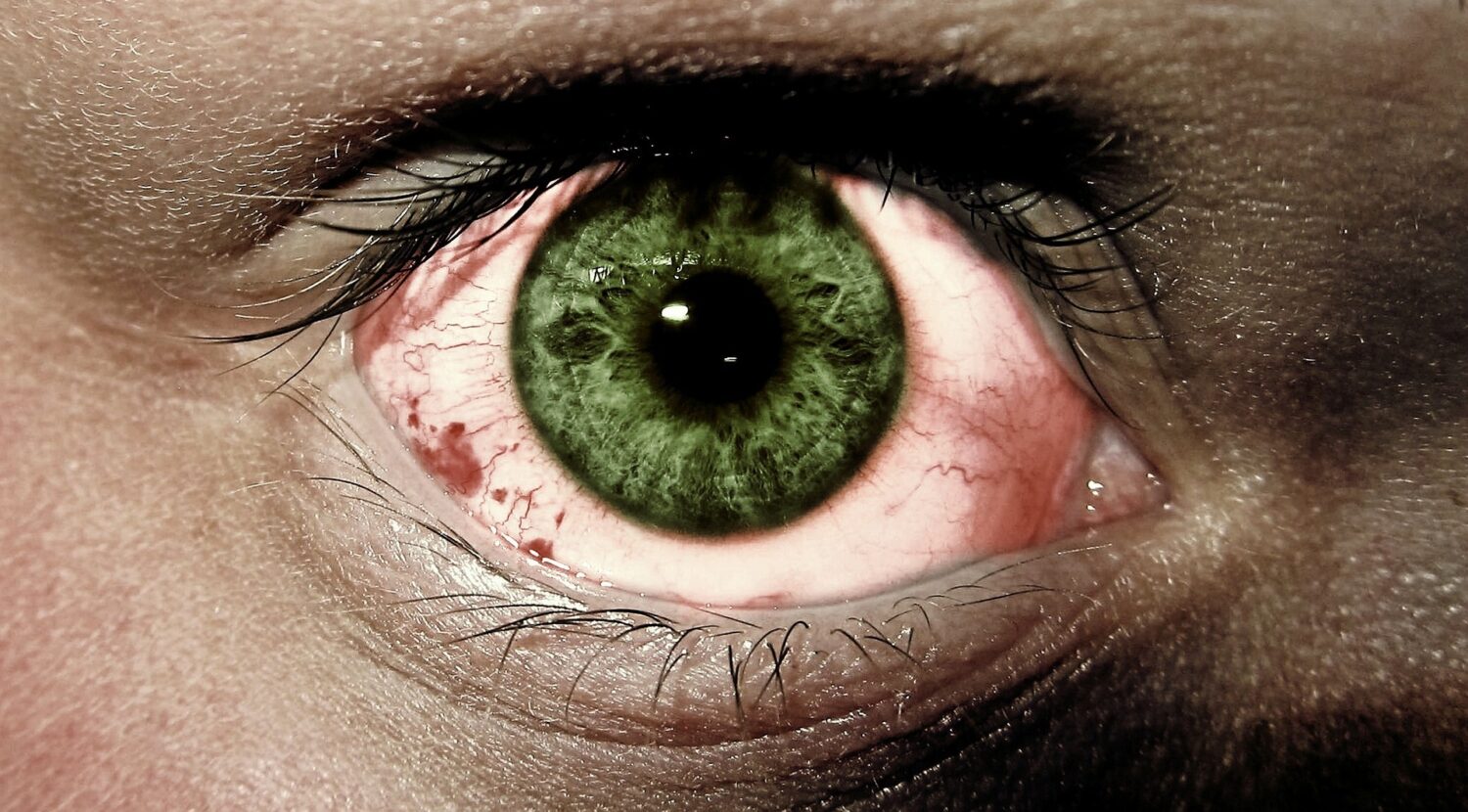Government
Research: AI Outperforms Ophthalmologists at Detecting Eye Disease
What You Should Know: – A new study published in Ophthalmology Science, a peer-reviewed journal of the American Academy of Ophthalmology, found that…


What You Should Know:
– A new study published in Ophthalmology Science, a peer-reviewed journal of the American Academy of Ophthalmology, found that Artificial Intelligence is significantly better at detecting diabetic retinopathy (DR) than eye specialists. DR is the leading cause of blindness among working-age adults yet is easily treatable with early detection.
– The multi-center study evaluated the FDA-cleared EyeArt AI system against dilated eye exams performed by general ophthalmologists and retina specialists on the same cohort of 521 study participants.
AI-Driven Detection of Diabetic Retinopathy
Artificial intelligence (AI) systems using digital fundus photography instruments have been developed for diabetic retinopathy (DR) screening in order to partially address the increased demand for screening related to a burgeoning diabetic population in the world. According to the International Diabetes Federation report of 2019, there are currently about 463 million persons with diabetes mellitus and this number is expected to increase to 700 million by 2045, an increase of almost 51%.
The objective of the study was to compare general ophthalmologists, retina specialists, and the EyeArt Artificial Intelligence (AI) system to the clinical reference standard for detecting more than mild DR (mtmDR). The study design was a prospective, pivotal, multi-center trial conducted from April 2017 to May 2018. The study subgroup included participants enrolled at 10 US retina and non-retina centers. Participants were ≥18 years, had diabetes mellitus, and underwent dilated ophthalmoscopy. 521 of 893 participants met these criteria and completed the study protocol. They also underwent 2-field fundus photography (macula centered, disc centered) for the EyeArt system, dilated ophthalmoscopy, and 4-wide field stereoscopic dilated fundus photography for reference standard grading.
For mtmDR detection, sensitivity and specificity of EyeArt gradings of 2-field, fundus photographs and ophthalmoscopy grading versus a rigorous clinical reference standard comprising reading center grading of 4-wide field stereoscopic dilated fundus photographs using the Early Treatment Diabetic Retinopathy Study (ETDRS) severity scale. The AI system provided automatic eye-level results regarding mtmDR.
The key findings from the study are as follows:
1. Dilated exams by ophthalmologists are better at ruling out disease
2. The EyeArt AI system is much better at identifying patients with disease at the frontlines, a critical factor for a screening scenario in which patients are being identified for referral and further evaluation
Study authors concluded: “Given the current low rate of compliance with the recommendation for an annual diabetic retina examination, this system can be a useful adjunct in the detection of mtmDR and appears to be more accurate than clinical ophthalmoscopy for routine retinal screening.”

Here Are the Champions! Our Top Performing Stories in 2023
It has been quite a year – not just for the psychedelic industry, but also for humanity as a whole. Volatile might not be the most elegant word for it,…
AI can already diagnose depression better than a doctor and tell you which treatment is best
Artificial intelligence (AI) shows great promise in revolutionizing the diagnosis and treatment of depression, offering more accurate diagnoses and predicting…
Scientists use organoid model to identify potential new pancreatic cancer treatment
A drug screening system that models cancers using lab-grown tissues called organoids has helped uncover a promising target for future pancreatic cancer…













